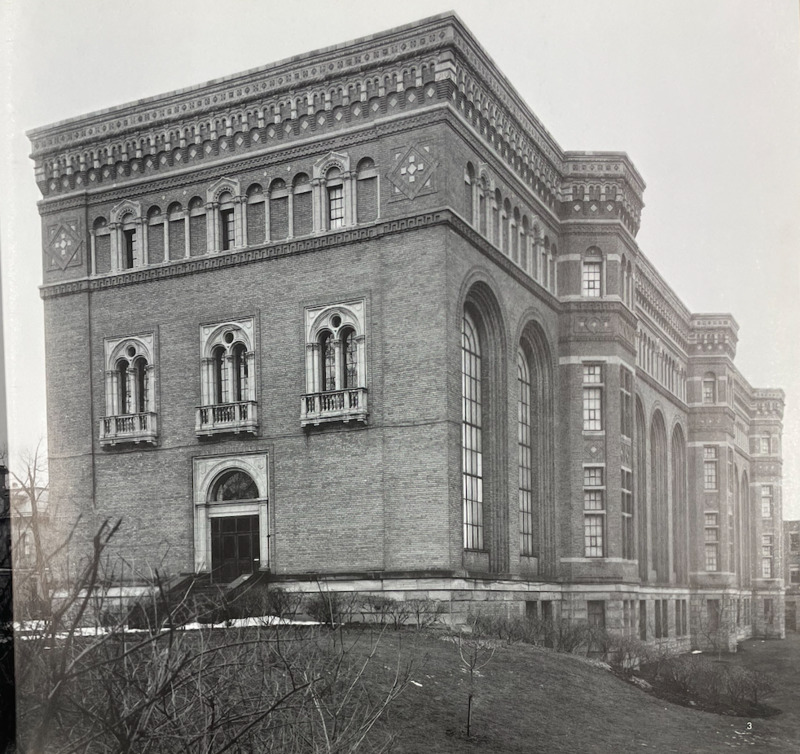Introduction
Before we begin, the following exhibit will explore the history surrounding the establishment of the Royal Ontario Museum. We recognize that the sources we present here today centre white narratives and perceptions of the museum movement in North America, so we feel it is necessary to highlight the fact that museums have and continue to be used as tools of colonialism. As we meet some of the founding characters and view the early exhibits of the ROM, it is important that we consider the nuances of acquiring and displaying "exotic" artefacts from different cultures, particularly when the individuals belonging to those cultures are excluded from or othered by the intstitution of the museum. This exhibit showcases a mere fraction of the ROM's history, so we hope that this presentation will lead to further research into the stories that we have begun to tell, as well as the stories that are absent.
Established in 1912 and formally opened to the public in 1914, the Royal Ontario Museum has since become an icon for the city of Toronto. The museum has gone through many stages and expansions to become the largest in Canada, with 6 million objects currently in its collection. Ranking among the top 10 museums in North America, the ROM attracted over a million visitors per year prior to the COVID-19 pandemic (these numbers significantly dropped in 2020 due to health and safety restrictions but have been steadily rising since then).
It may be difficult to believe that just over a century ago, the ROM was little more than the seed of an idea, whose creation required the persistent efforts of several members of local government, academics from the University of Toronto, natural history enthusiasts, and financial beneficiaries. In the wake of the University of Toronto's transition from a group of denominational colleges to a fully unified institution, a Royal Commission was appointed to recommend initiatives and affairs for the university to undertake. Swept up by the museum movement that had spread through Europe in the early 19th century as it finally gained traction in North America, dreams of a grand sanctuary of past ages and the natural world, to rival those in New York, began to form. Of course, while Toronto was not New York, its citizens were aware of their city’s relative cultural shortcomings and were eager to remedy the situation.
Thus, over the course of fifteen years riddled with achievements and setbacks alike, this idea for an institution that would collect, display, and generate public interest in objects of cultural and natural history grew into a reality. This exhibit tracks the history of the opening of the ROM through government documents, personal letters, newspaper snippets, and images of exhibitions. These sources can be separated into four different parts of the story: the groundwork, the founding characters, the grand opening, and the early exhibits. Altogether, they tell the interconnected stories of a partnership between the University of Toronto and the Province of Ontario, a few individuals' dedication to bring the wonders of nature to their hometown, and the widespread community engagement that a public museum has the ability to conjure, which continues on to this day.
